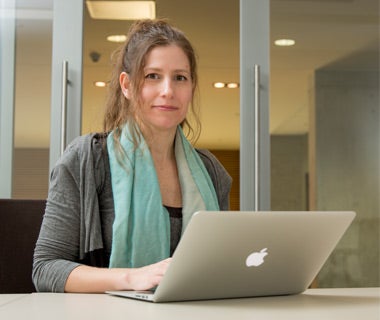Children actually help entrepreneurial dads stay the course, but the gender difference starts to disappear when women get access to startup funds, says Waterloo economist.
Mompreneurship is a buzzword these days for mothers looking to re-enter the workforce—or those looking for a better way to balance work and family. But in Canada, children increase the likelihood that a woman will exit the entrepreneurial market by nearly 20 percent, while children help self-employed men stay the course.
Give women greater access to startup funds, however, and that difference starts to disappear.

Women have harder time getting startup funding
The catch is, women entrepreneurs have a harder time getting funding. On average, they have less equity. When they apply for small business loans, “Women pay higher interest rates, are required to put up more collateral, and have higher rejection rates,” says Rybczynski. This despite evidence that women may be safer credit bets: studies have found that women are more likely to pay back their loans.
When financial barriers are removed, not surprisingly, women succeed. Rybczynski found that the beneficial relationship holds across a range of obstacles: women with sufficient funds are less likely to leave the market due to business failure, and they’re more likely to stick it out through family and personal issues.
Rybczynski is also excited about other forms of credit that women can access. Micro-loans and crowd funding can provide money for businesses that larger institutions won’t support. “I’ve noticed a huge amount of really incredible projects get funded this way,” she states.
Expand loan programs to female entrepreneurs
Rybczynski points out that the Prime Minister’s Task Force on Women Entrepreneurs report identified financing as their number one problem—almost twelve years ago, in 2003. To solve that problem, she suggests, financial institutions could expand loan programs specifically targeted to female entrepreneurs. More fundamentally, she adds, banks could look at their standard risk model to eliminate systemic bias against lending to women entrepreneurs.